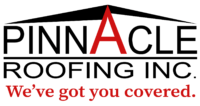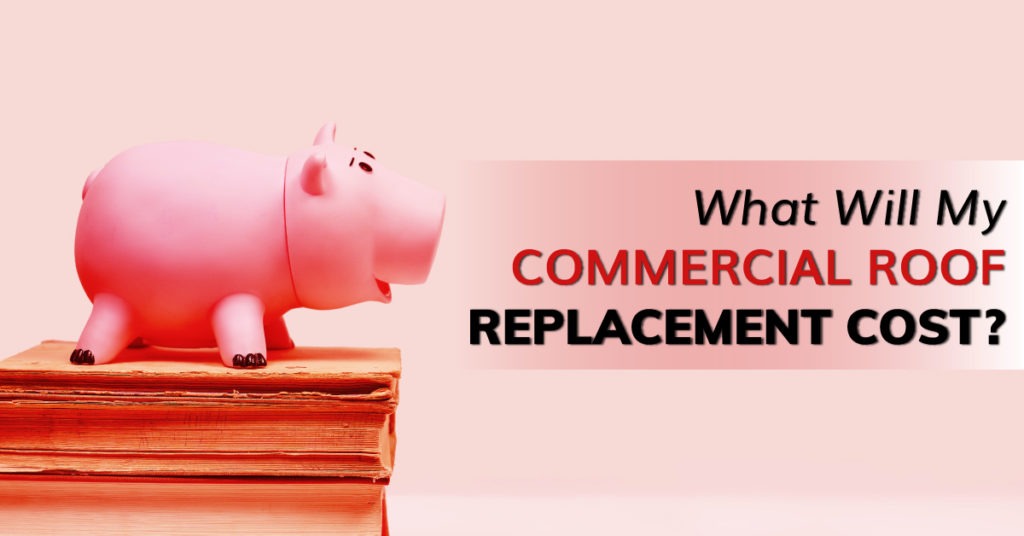When it comes to managing your building and property, you have a lot on your plate. Taking care of the roof can sometimes feel like a full-time job in itself.
With so much going on, how can you be sure nothing has been missed? We recommend using this commercial roof maintenance checklist, and working with a trusted roofing specialist when the time comes to call in a pro.
1. Cover the Basics
There are a few general things every building owner/manager should be doing. It all starts with keeping accurate records you use to keep track of your roof’s condition.
Keep a Log
Record who goes on the roof and what part of the roof they were on. Also write down when they were on the roof and why.
Mark Down Roof Condition
Make a checklist for each thing you look at so you can record its state. Mark down everything which is in good condition (no action needed), fair condition (keep an eye on for now), or bad condition (take immediate action). Take pictures of any damage for your records.
Stock Your Toolkit
Have a toolkit handy for any time someone looks at the roof. Your toolkit should include:
- Your roof checklist
- Pen/pencil for taking notes
- Camera to take pictures
- Roof plans/aerial photos
- Tape measure
- Flashlight
2. Roof Type
Every roof is different, but they can be broken up into two basic categories. At the end of the day, you have either a flat roof or a sloped roof; and there are different steps for each kind.
For Flat Roofs
For flat roofing, one of the biggest things to look for is ponding water. Also keep an eye out for anything which seems to be pulling away from the roof, and for holes, punctures or blisters in the roofing material.
For Sloped Roofs
Sloped roofs can be dangerous to walk on, so use caution and only let trained and authorized personnel go on the roof. Inspect from the ground and look for signs of:
- Missing, warped or broken shingles
- Color fading
- Bent, corroded or missing metal
- Chipped, cracked or broken slate/tile
3. Looking From Inside Your Building
In many cases, you can see signs of a roof issue without ever setting foot on your roof. Keep an eye out for these signs which can be spotted from inside your building.
Telltale Signs of Water Damage
Look inside for signs of mold, dark spots or peeling/flaking paint. Any of these could suggest water damage. Damp areas around vents and chimneys are also common signs you can spot from inside.
The State of Your Walls
Check your walls for water damage and leaks. Take note of whether there is proper ventilation. Look for sagging decking, cracks in the rafters and sheathing, and for light showing through in places it shouldn’t.
Identify Leaks
If you spot any leaks, or signs which suggest a leak, take note of their location, and take pictures to document them. If you have confirmed leaks, always contact a professional roofer for an inspection.
4. Inspecting the Exterior and Roof Surface
Roof inspections should be done at least once a year. Twice a year is even better, and you should always look for signs of damage after a bad storm passes through.
Signs of Damage
Look for visible damage and debris on your roof surface. Obvious signs of damage include standing water, loose seams, and warped or missing roofing. Check gutters and downspouts to make sure none are broken or clogged.
Moss and Moisture
Take note of any moss, mold, mildew, fungus, algae or lichens growing on the roof surface. These indicate a moisture problem.
Wear and Tear
Wear and tear may be visible in many areas, especially following a storm. Look for corrosion, rust and rot.
Common Problem Areas
Leaks commonly form around chimneys, vents, and skylights. If not caught, damage can rapidly spread down through the decking, underlayment, and other layers.
5. Next Steps
If you have a leak or other roof issue—or if you suspect you do, but are not quite sure—what comes next? When it’s time for action, contact a professional.
Time to Call a Professional
Inspections and basic maintenance may be something your maintenance crew can handle. But it’s always best to work with a professional, not only because they are specifically trained to work on roofs like yours, but also because letting anyone else work on the roof can void your warranty.
Learn More
Contact us today to learn more about caring for your commercial roof. Our team at Pinnacle Roofing has been providing all of the Capital Region of New York and Southern Vermont’s roofing needs for more than 15 years.



